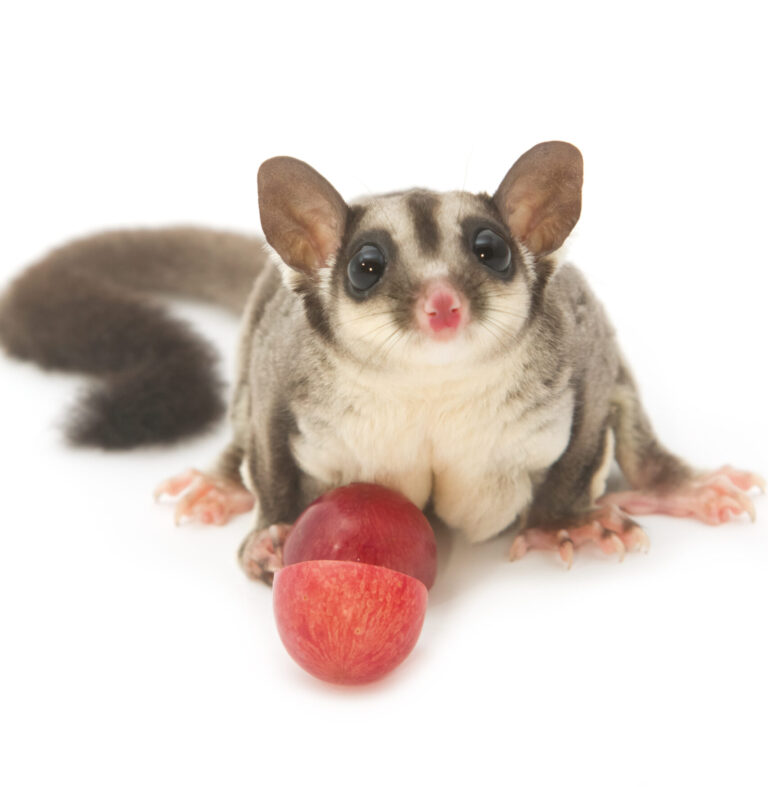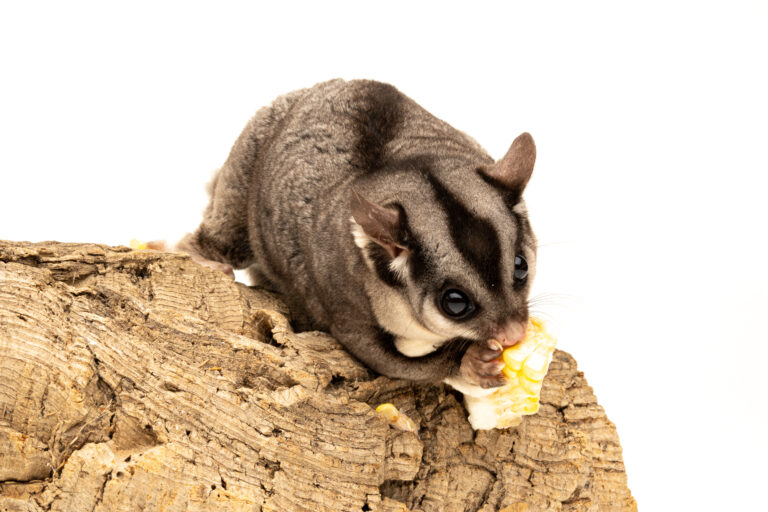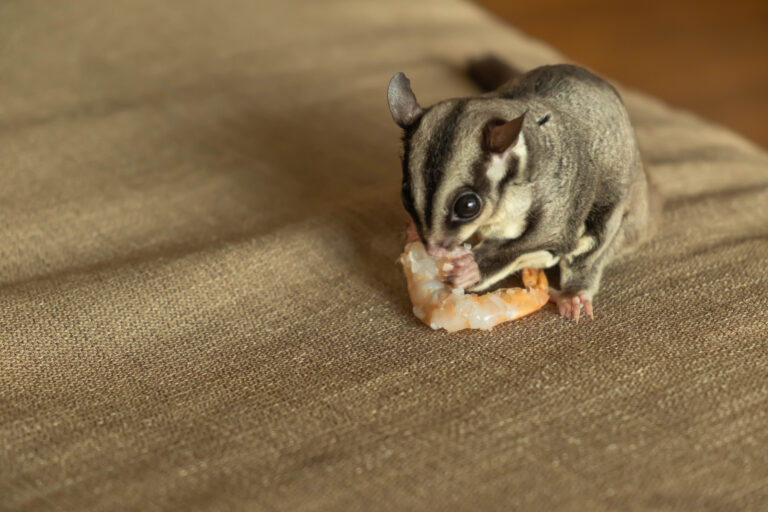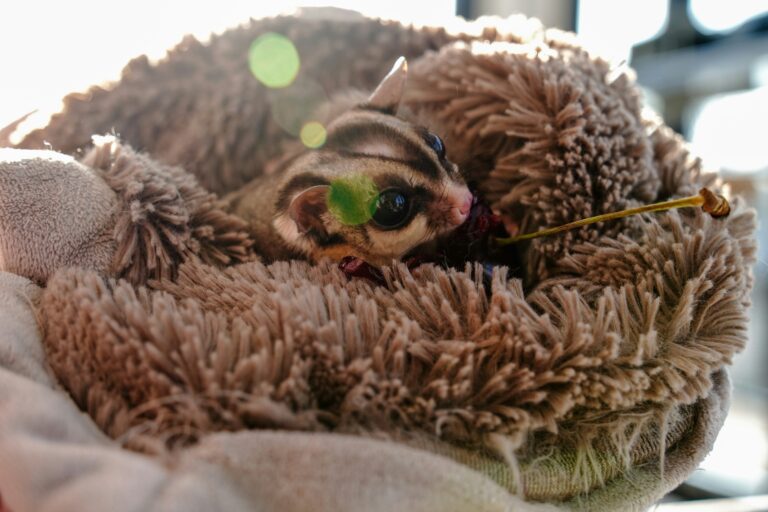Should You Get One Sugar Glider or a Pair?
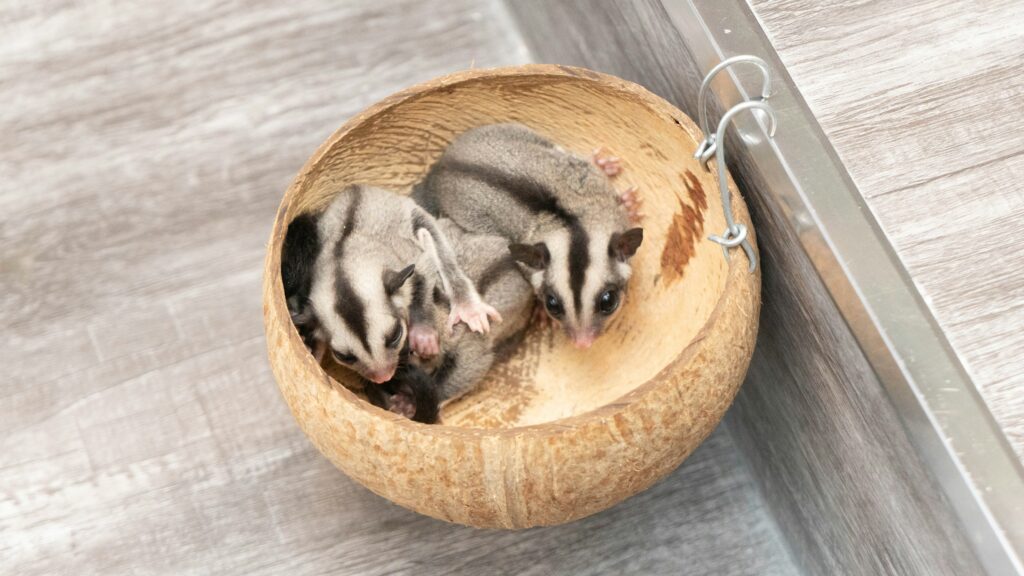
When considering adopting a sugar glider, one of the primary questions prospective owners face is whether to get a single sugar glider or a pair. Sugar gliders are small, nocturnal marsupials native to Australia and Indonesia. They are known for their social nature, gliding abilities, and endearing personalities. However, understanding their social needs is crucial in making an informed decision.
Social Nature of Sugar Gliders
Sugar gliders are inherently social animals. In the wild, they live in colonies, relying on each other for companionship, grooming, and warmth. Their social structure is integral to their well-being, and they thrive on interaction with their own kind. This social nature doesn’t disappear in captivity. In fact, isolation can lead to severe stress, depression, and health issues in sugar gliders.
The Case for Keeping a Pair
Companionship: Sugar gliders, like many social animals, need companionship to thrive. When kept in pairs or small groups, they can engage in mutual grooming, playing, and snuggling, which are essential behaviors for their mental and emotional health. A pair of sugar gliders can keep each other company, especially during the times when their human caregiver is not available.
Behavioral Health: Loneliness can lead to a range of behavioral problems in sugar gliders. A solitary sugar glider might develop repetitive behaviors, such as over-grooming or self-mutilation, as a way to cope with the stress of being alone. These behaviors are not only distressing but can also lead to serious health issues. Having a companion helps prevent such problems.
Physical Health: Sugar gliders in pairs are often more active and engaged. They have a playmate to climb, glide, and explore with, which encourages physical exercise. This activity is crucial for maintaining their physical health, preventing obesity, and promoting overall well-being.
Natural Behavior: Observing sugar gliders interact with each other is a rewarding experience for owners. Their social behaviors, from grooming to playing and communicating, are fascinating and highlight the importance of companionship in their lives. Keeping a pair allows them to exhibit these natural behaviors fully.
Considerations for Keeping a Single Sugar Glider
While the consensus among experts is that keeping a solitary sugar glider is cruel, some circumstances might lead an owner to consider keeping a single glider. It’s important to weigh these considerations carefully:
Time and Attention: A single sugar glider will require significantly more attention from its owner to compensate for the lack of a glider companion. This means spending several hours a day interacting with the sugar glider, providing mental stimulation, and engaging in activities that promote bonding and exercise. For individuals who have ample time and are willing to dedicate themselves to this level of care, it might be possible to meet the social needs of a single sugar glider.
Attachment and Bonding: Some owners prefer keeping a single sugar glider because they believe it leads to a stronger bond between the pet and the owner. While it is true that a single sugar glider might become more attached to its human caregiver, this should not come at the expense of the animal’s well-being. The owner must be prepared to fulfill the role of a companion, which requires a significant time commitment.
Special Circumstances: In rare cases, a sugar glider might not get along with others due to past trauma, health issues, or a particularly strong personality. In such situations, a solitary life might be more appropriate. However, these cases should be carefully evaluated by a veterinarian or an experienced sugar glider expert to ensure that isolation is truly in the best interest of the animal.
Practical Considerations
Space and Housing: Keeping a pair of sugar gliders requires a slightly larger cage and more resources. Sugar gliders need ample space to climb and glide, so a large, multi-level cage is essential. For a pair, ensure the cage is spacious enough to allow both gliders to move freely and engage in their natural behaviors.
Cost: The initial and ongoing costs of keeping a pair of sugar gliders will be higher. This includes the cost of purchasing two gliders, as well as increased expenses for food, toys, and veterinary care. Potential owners should be prepared for these additional costs.
Breeding: If you decide to keep a male and female pair, be aware of the potential for breeding. Sugar gliders can reproduce quickly, and caring for a growing family can be challenging. If you do not wish to breed sugar gliders, consider getting a same-sex pair or having one or both gliders sterilized.
Introduction and Bonding: Introducing two sugar gliders can sometimes be a complex process. If you acquire a pair from the same litter or a bonded pair from a breeder, this process is simplified. However, if introducing two unrelated sugar gliders, it may take time and patience to ensure they get along well. Proper introduction techniques and monitoring are crucial to avoid conflicts.
Conclusion
While it is possible to keep a single sugar glider, it is not recommended due to their strong social needs. A pair of sugar gliders can provide each other with the companionship, mental stimulation, and emotional support that are essential for their well-being. Keeping a solitary sugar glider is often cruel and results in potential health and emotional issues. For potential owners who have the time, resources, and commitment to care for these engaging creatures, keeping a pair is the best option to ensure a happy and healthy life for their sugar gliders. By understanding and meeting their social needs, you can enjoy the delightful and rewarding experience of having these fascinating pets in your life.

